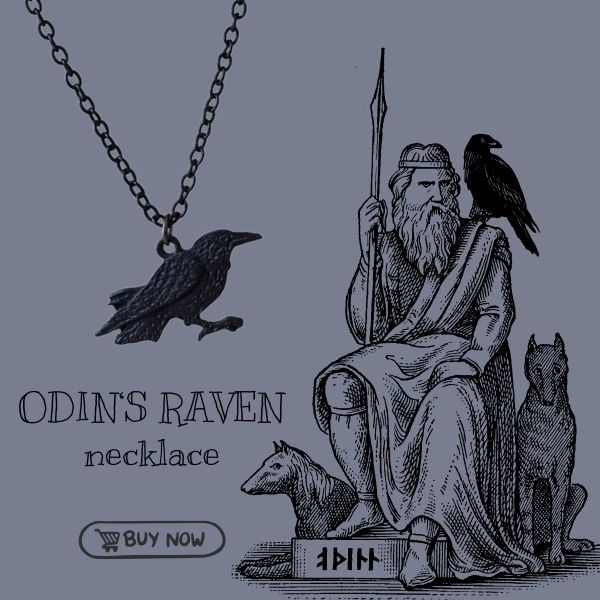Ravens have long fascinated humankind, their enigmatic presence inspiring myths, art, and spiritual interpretations across cultures. These birds, with their jet-black feathers and keen intelligence, symbolize much more than meets the eye. This blog explores the intricate layers of raven symbolism, diving into their mythological significance, spiritual interpretations, and even their place in modern aesthetics.
The Spiritual Meaning of a Raven
In spirituality, ravens often represent transformation, introspection, and the bridging of worlds. Seeing a raven is thought to carry profound messages, often tied to life’s mysteries. For some, encountering a raven signals a need for deep reflection or a reminder of the cyclical nature of life and death. This symbolism has made ravens powerful guides for those seeking insight into life’s unseen layers.
Ravens in Mythology
Norse Mythology: Odin’s Messengers
In Norse mythology, ravens are deeply entwined with Odin, the All-Father. His two ravens, Huginn (“thought”) and Muninn (“memory”), would traverse the realms each day, bringing back wisdom from the world. These birds symbolize Odin’s connection to knowledge and the unknown. The black raven often appeared on Viking flags, signifying protection and divine insight.
Celtic Lore: Guardians and Omens
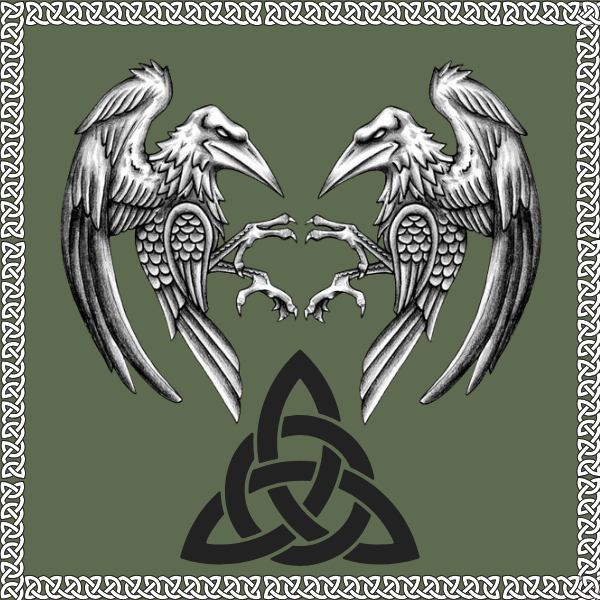
Celtic mythology views ravens as both ominous and protective. Often associated with the warrior goddess Morrígan, ravens symbolize war, fate, and prophecy. For the Celts, seeing a raven might foretell a significant event or represent a guide through transformative challenges.
Greek Mythology: Messengers of Apollo
In Greek mythology, ravens were sacred to Apollo, the god of prophecy and the arts. A white raven, initially a messenger, was turned black by Apollo’s anger, symbolizing transformation and the consequences of betrayal. This tale highlights the raven’s dual nature—both a harbinger of truth and a keeper of secrets.
Famous Ravens in Literature and Art
Few works immortalize the raven as effectively as Edgar Allan Poe’s poem The Raven. In this iconic piece, the bird symbolizes lingering grief and the inescapability of death. With its haunting refrain of “Nevermore,” Poe’s raven became a metaphor for the human struggle with despair and longing.
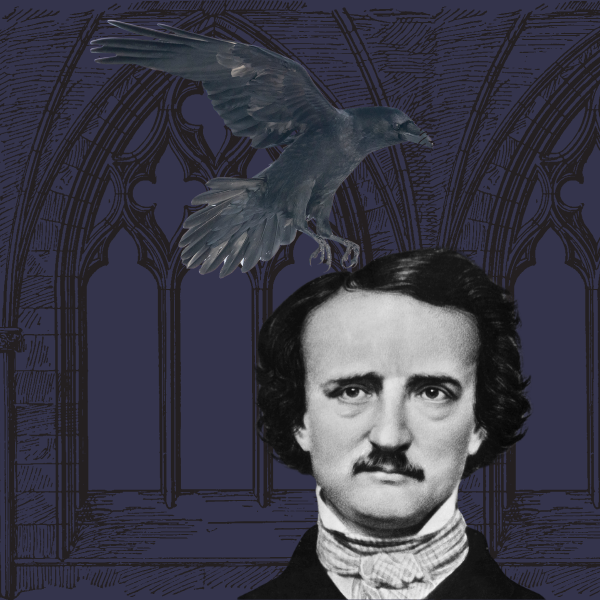
In art, ravens often appear as symbols of mystery and the supernatural. From medieval manuscripts to modern illustrations, these birds evoke curiosity and reverence.
Today, ravens continue to captivate art as a powerful symbolism. A raven necklace, for example, may serve as more than an accessory. It can be a statement of personal connection to transformation, mystery, or Norse mythology. Coventum’s black raven necklace—with its striking black chain and pendant—perfectly encapsulates this modern appreciation for ancient symbolism.
Are Ravens Good Omens?
The perception of ravens as omens varies by culture. In some traditions, they are considered messengers of misfortune or death. However, many contemporary interpretations emphasize their role as guides and protectors, encouraging introspection and adaptability. Whether as a good or foreboding sign, the raven’s presence urges one to pay attention to life’s deeper meanings.
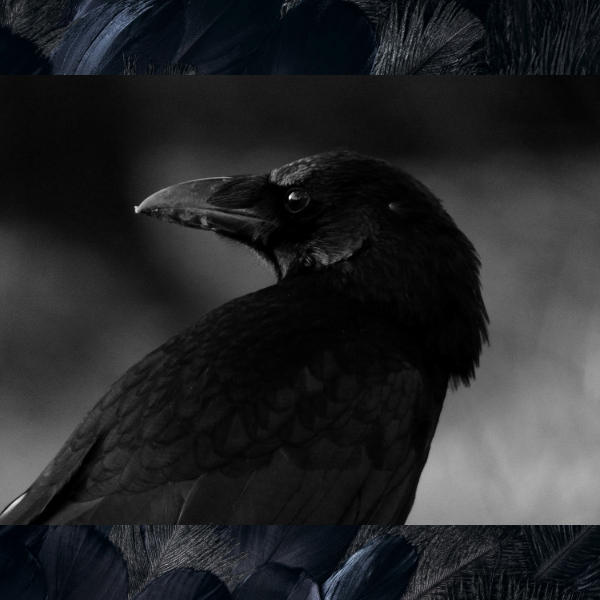
Raven Names and Symbolism in Norse and Viking Culture
The ravens Huginn and Muninn are not the only black birds celebrated in Viking lore. Their association with Odin underscores the raven’s symbolic ties to wisdom, memory, and the unseen. The black raven—featured prominently on Viking banners and artifacts—served as a sign of resilience and divine favor, particularly in battles.
Ravens vs. Crows: Birds in Black
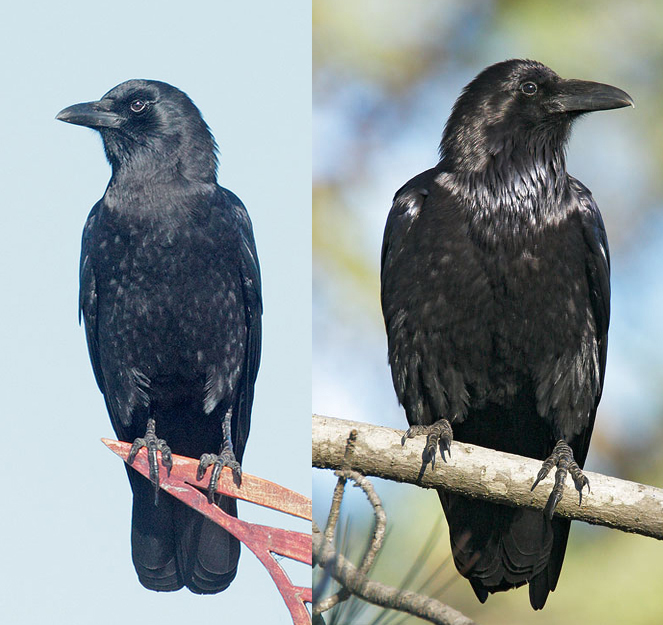
Ravens and crows often overlap in perception due to their similar appearance, but their symbolism reveals clear distinctions. Both birds embody intelligence and mystery, acting as messengers or omens in folklore. Ravens symbolize transformation and the divine, taking on roles in myths as guides or representations of higher knowledge. In contrast, crows emphasize adaptability and resourcefulness, with some cultures portraying them as tricksters. These nuanced qualities define the unique roles each bird contributes to the tapestry of symbolic meaning.
Final Feather
Ravens, with their rich tapestry of meanings, invite us to explore the boundaries of the known and the mysterious. Whether through mythology, art, or a raven necklace, these birds remind us of life’s transformations and the power of introspection. Their timeless allure makes them a symbol that transcends cultures and generations, continuing to inspire those who seek meaning in the extraordinary.
Referances:
- Research Gate: “Symbolism of the Crow and Raven in Mythology, Alchemy and Sandplay“
- Research Gate: “The Raven in Norse Mythology and Pacific Northwest Folklore“
- Order of Bards: “The Raven Symbolism | Celtic Raven“
- Birdfy: “Raven Spiritual Meaning: Unveiling Its Mystical Symbolism“
- Norse Garde: “Ravens of Norse Mythology: Mysteries of Hugin and Munin”

